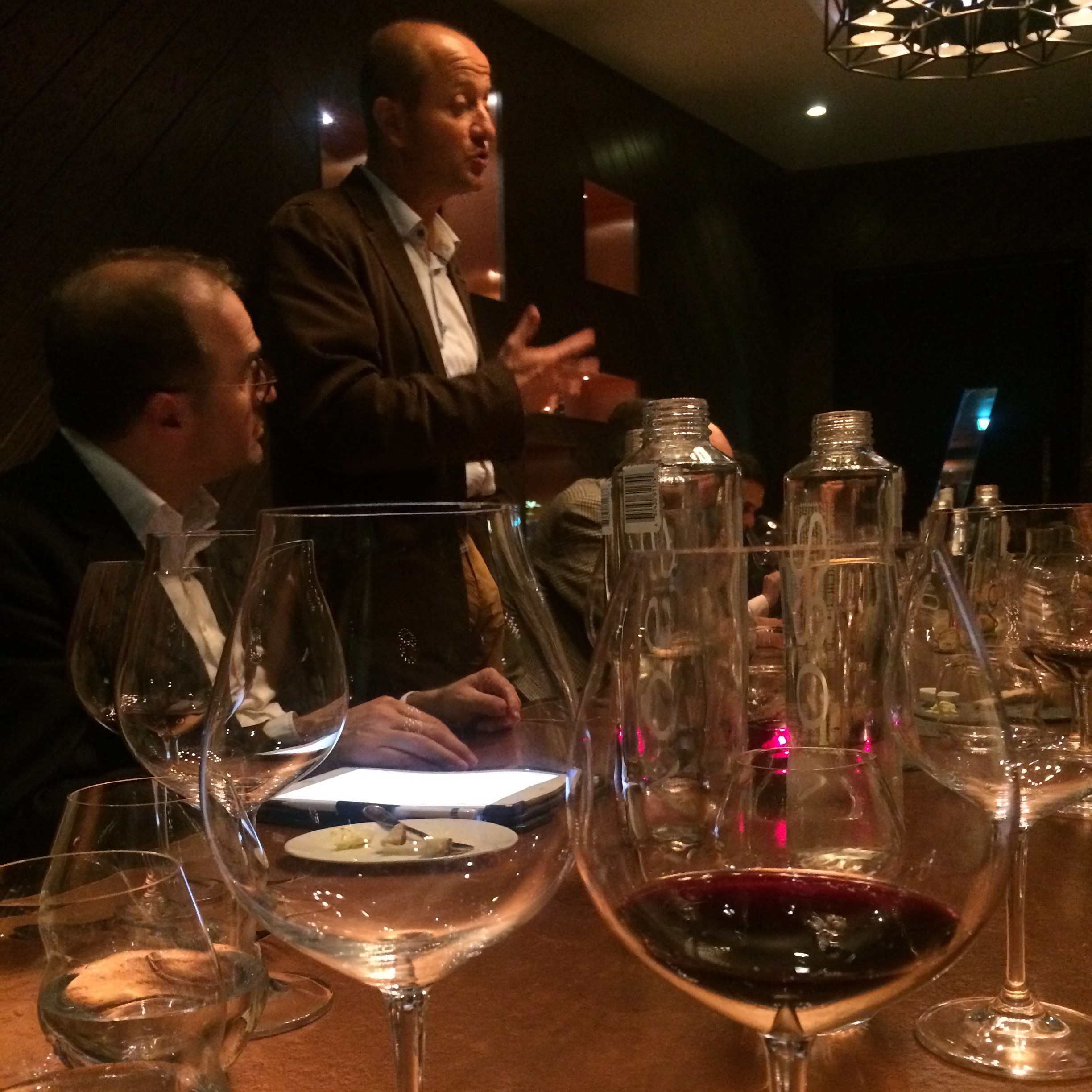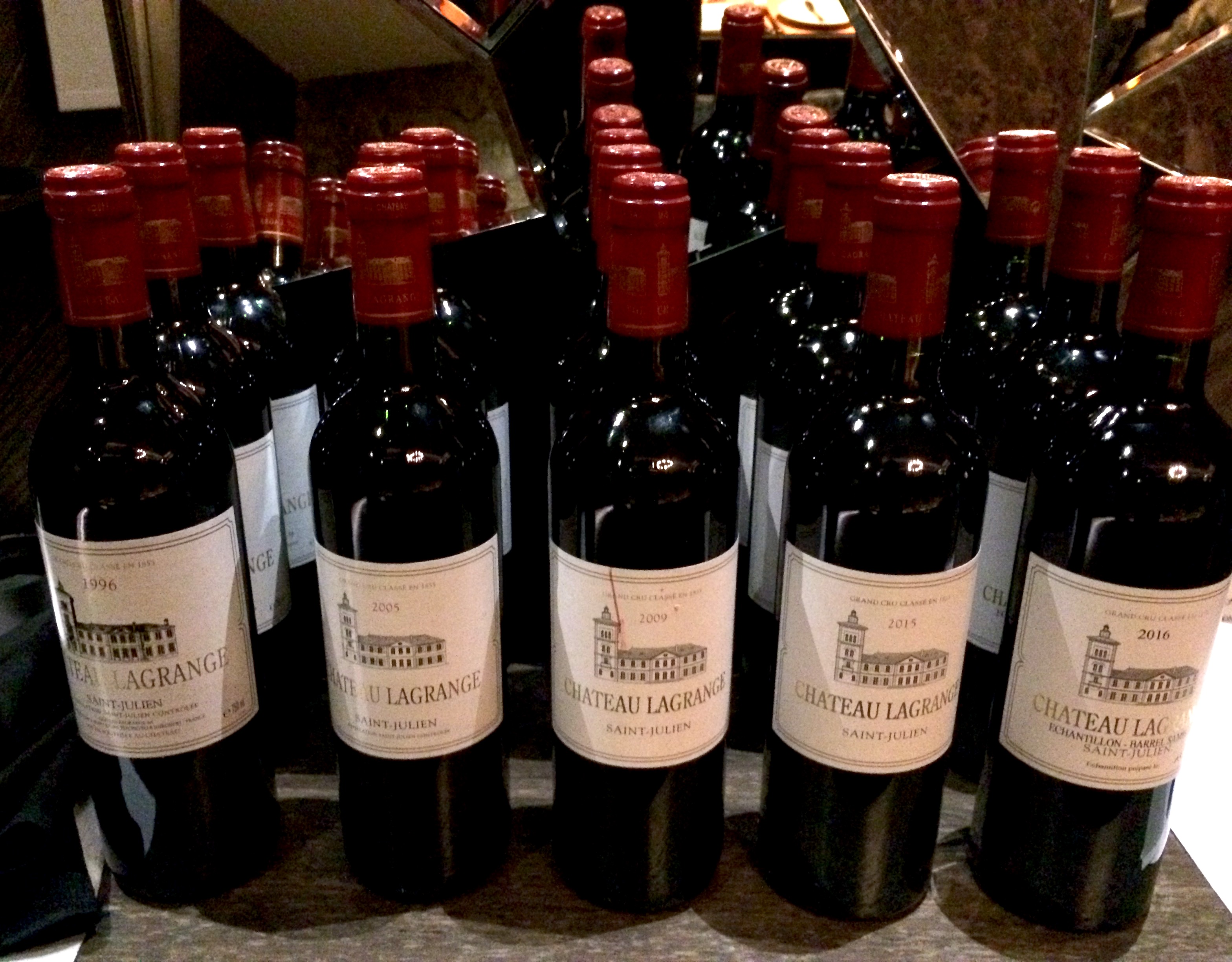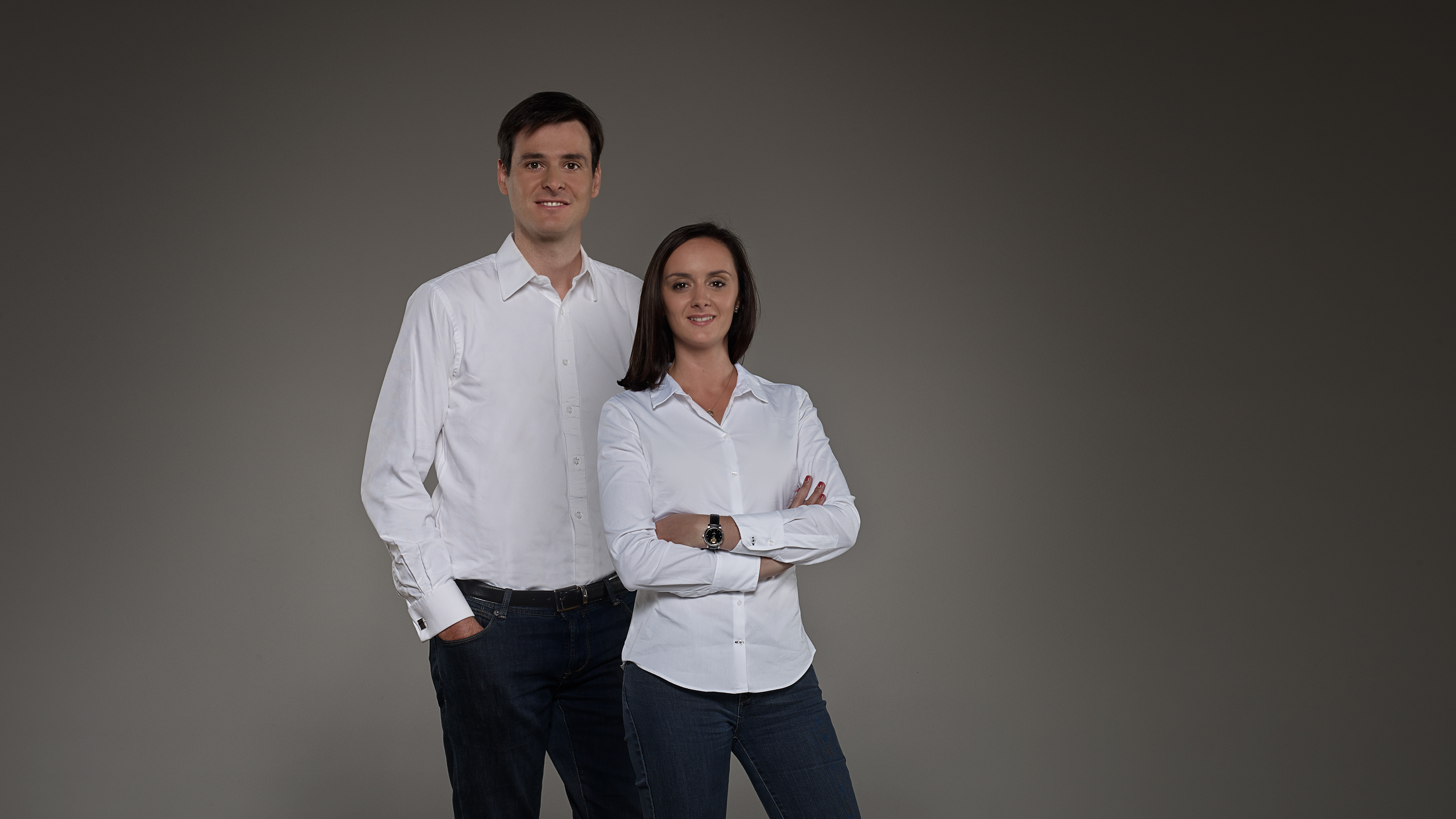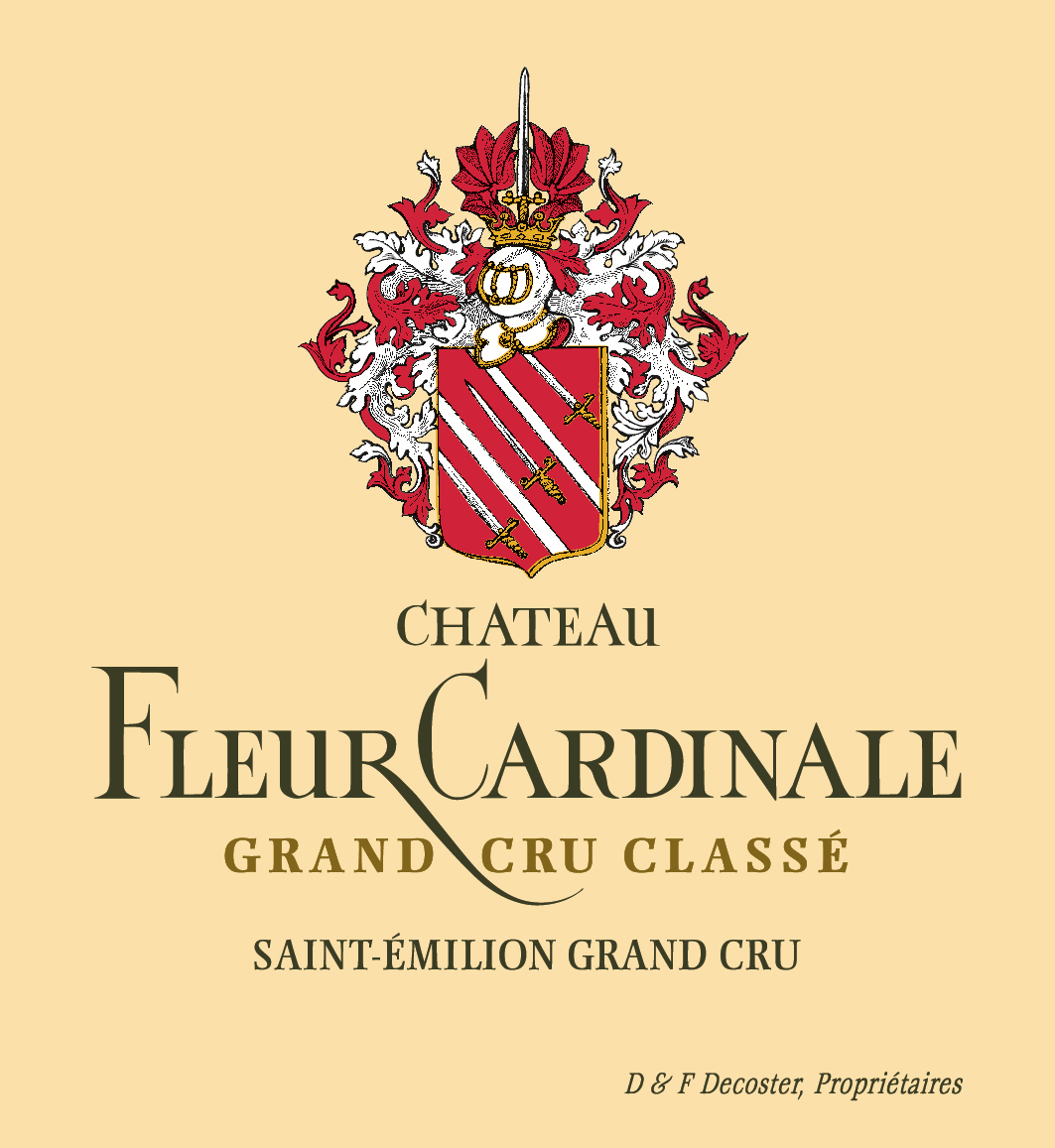by Wine Owners
Posted on 2018-12-17
Ahead of the new 2017 releases in early 2019 it's time to report on Burgundy and its news.
2017
Another warm summer produced accessible, fruity wines.
Left to do their thing, the vines were wont to produce very high yields especially in areas hit by frost damage in 2016 as the plants strove to compensate. Yields in Chardonnay were as high as 80 hl/ha. Now that’s a lot.
With a long run of short harvests stretching back to 2009 for several communes, the temptation was to let nature’s abundance run unabated. The trouble is, pinot noir is particularly susceptible to a large crop, so the trick in 2017 was to work to constrain yields.
Just as many over-cropped 1999s are now showing flat, far from being the great wines they might (and should) have been, we shall see which producers in 2017 haven't applied the brakes hard enough in due course.
For those who produced normal yields, 2017 is a delightfully juicy, fruit-forward year. Yet the best wines have more than just fruit: there is a fine mineral structure, a chalkiness and salinity that complements the raspberry coulis, kirsch, griotte, plum and fruit pastille characteristics.
The best pinots show appealing sucrosité with plenty of supporting freshness, which contributes to a sappy, mouth-watering persistence.
Above all I loved the harmony, balance, progression and energy of the best reds. I wouldn’t be surprised if they never shut down, and stay delicious from early on in their development throughout a moderately long drinking window: after all the 1997s are just about still hanging in there these days, and the 2017s have the potential to be rather better.
The perfect 2017 pinot has flowing raspberry fruit, a vinous, kirsch-like refinement, an infusion of Seville oranges and hints at a darker side with liquorice and spice.
The question mark over 2017 is whether a proper degree of intensity has been achieved. The vintage doesn’t seem to reach the same level in general as 2016, and yet the greatest 2017s do rival (and in a few cases surpass) their 1 year old siblings.
2017 is also very much a vintage where the appellations are reflective of their classification. Stepping up through a range from Bourgogne, through village wine and premier cru up to grand cru feels like an exercise in stepping up through the gears, with more oomph and interest at each change.
Whites are generally delicious as long as yields were tightly managed, and though the acidity levels were apparently a little less than in 2016, the very best still show a notable pithiness, a chalkiness and a bright intense citrus core that successfully counterbalances a tropical fruit character of pineapple and guava.
2018
Looking ahead to 2018, this is going to be a very tricky vintage. It was really hot, and the choice of picking date will have been critical.
Many producers were searching for perfect phenolic ripeness, waiting until the pips indicated an expected level of maturity. Some producers believed that perfect phenolic ripeness was not the only deciding factor for picking a harvest date in 2018. Those that were concerned about alcohol levels went early. They got their grapes in as early as the start of the last week of August finishing during the first week of September.
Producers needed to avoid too much extraction in 2018 for fear of introducing bitter flavours, especially those who had gone early. The gentlest of infusions seem at this very early stage to be the making of the best wines. Even so you won’t see many wines straight out of barrel with that trademark shining ruby robe of classic burgundy in 2018.
The most exciting wines tasted from barrel were made from grapes carried in at around 13.5 degrees but there are tales of 15 or (even!) 16 degree behemoths, whilst 14.2-14.5 degrees feels like a norm in the vintage.
The early pickers were fearful of what might happen if they let the alcohol levels rise too far, and they were evidently right. There were very real risks of partially completed fermentations and consequent high residual sugars in the juice. Several producers we spoke to had a battle to restart stalled fermentations, typically by tipping in the lees of another wine that had completed its fermentation more successfully.
The wines are largely dark purple or purple-black, opaque in appearance, and unsurprisingly show exuberant New World fruit and tend to have a mouth-coating texture due to the higher alcohols. There are some who argue that this is a very great vintage in the making; that vintages like 1947 were very hot indeed and yet they have transformed into great old bones. Taking a necessarily broad view at this early stage I would suggest that there are likely to be a rather small number of potentially very great wines.
Amphorae
Fourrier continued experimenting with Amphorae in the 2017 vintage with La Combe aux Moines, but they are sure to come into their own for 2018. The terracotta enables the wine to breathe whilst acting as a totally neutral vessel. This accentuates minerality and produces a wine – if unblended with wine aged in wood – that would be too strict. Certain of his wines including Clos St Jacques and La Combe aux Moines have a proportion of the production being aged within these fabulous looking clay containers for the 2018 vintage. The finished wine will be blended with the other part of First floor in barrels. It will be fascinating to see the results – could these turn out to be some of the greatest wines ever made at this wonderful domaine?
2017 – The year that distribution changed
Producers are not blind to the fact that certain merchants have been selling their UK en primeur allocations to Asia, notably Hong Kong. They are not happy to discover that importers cross geographical boundaries, even if the wines sold may be subsequently stored for a period of time in the UK.
Nor are their agents impressed, who have the clout to recommend their producers shift allocation to where demand is currently being met indirectly.
As a result certain top producers have withdrawn a significant part of their allocation to the UK in favour of Asia, even though there is much more wine this year to go round - in some cases up to 3 times the quantity of 2016.
2017 pricing
With Brexit uncertainty depressing the Pound, more wine not necessarily translating into larger allocations for the UK, and the secondary Burgundy market having risen substantially during the course of 2018, there are few reasons to imagine that prices will fall. Which makes it a tricky call for consumers who don't want to lose their allocations and yet this is one of the most uncertain of times. High release prices for great vintages such as 2015 and 2016 were swallowed. We will have to see how digeste 2017 proves to be.
by Wine Owners
Posted on 2018-06-28
Whilst expensive Burgundies make the headlines, there's another revolution taking place that is transforming the qualitative level of winemaking more generally in Burgundy.
Revolution
It's a revolution that's very different to the one caused by an influx of corporate cash snapping up top domaines that produce some of the region’s most sought-after wines.
Daughters and sons who are graduating from l’école viticole, and who spend their stages at new world wineries or with progressive in-region vignerons, are taking best practises in the vines and chais back to familial domaines and transforming quality of those wines. Other offspring are going it alone, relying on their social network to buy grapes from friends and friends of family. And still others are coming back to their roots, turning their back on a career in Paris for the siren call of the Côte d’Or.
In a way there’s a relationship between the two; the big money coming in is offering the promise of a wealthier future to the next generation.
Must buys
Within this dynamic atmosphere there are lots of value buying opportunities. One doesn’t have to be a millionaire to own and to drink Burgundy. But you need to be quicker to claim an early allocation than previously. Prices of new discoveries rise fast. Whereas in the past it would have taken many vintages of successes before a domaine became established enough to justify rapid price hikes, these days positive press and ensuing price escalation can happen quickly.
How do I discover new producers?
Follow your favourite merchants – they’ll organise events or dinners at which the wines they represent can be tasted, allowing you to figure out which of the wines they are offering you think are the real deal.
Follow the critics – Neal Martin is now at Vinous, William Kelley has assumed the mantle at robertparker.com and Steen Öhman is busy discovering new talent at Winehog.
The blog format of Winehog is well suited to reading about new discoveries, where he’s picked up on Thibaud (Y) Clerget, Nicolas Faure, his fiancée Amelie Berthaut at Berthaut-Gerbet, Maxime Cheurlin at Georges Nöellat, Duroché, Jean-Marc Bouley, Arnaud Tessier, and Jean-Marc Vincent to highlight a range of notable domaines.
Charmes Dessus 2012, Domaine Tessier © Nick Martin
His latest discovery is Marthe Henri Boillot in Mersault, a true ‘start up’ having returned to pick up the remnants of her grandfather’s estate and has cut sourcing deals with friends.
It’s a familiar story. Down the road in Santenay Jean-Marc and Anne-Marie Vincent picked up the reins of his grandfather’s lapsed estate back in the late 1990s, and have transformed it into by far the best domaine of Santenay, making wines of great succulence, nerve and aromatic complexity. In fact, his reputation as one of the best true vignerons on the whole Côte is widely recognised by many other top producers all the way up into the Côte de Nuits.
They say birds of a feather flock together. Just look at Jean-Marc’s vigneron network, and you discover producers who share the same qualitative ethic and who are in search of constant improvements; producers such as Olivier Lamy, Jean-Marc Bouley and the passionately intense, super-fit Bruno Lorenzon in Mercurey.
Jean-Marc Vincent © Nick Martin
High density planting, low plant yields, vine training to minimise stress on the vine’s foot, braiding à la Leroy, soil microbial activity/ fertility, low sulphur addition late on in the winemaking process, rigorous triages of natural corks - are typical leitmotifs of these, and a growing number of young, ambitious producers.
In Vosne-Romanée, the brilliant and young family winemaker at Arnoux-Lachaux, Charles, has employed the braided training technique of his heroine Lalou-Bize Leroy to magical effect in his Aux Reignot vineyard, adding definition, an extraordinary energy and drive to this profound wine that is Grand Cru in everything but name. Arnoux Lachaux’s prices have skyrocketed so in that sense that particular ship has sailed; plenty are yet to leave port.
by Wine Owners
Posted on 2017-10-26
What a treat to welcome Matthieu Bordes to a Lagrange dinner in London, with a full house of Wine Owners’ enthusiasts around the table.
Matthieu was subsequently described by one member in attendance as ‘informative, congenial and charming’. His passion for Lagrange shone through. Matthieu is both boss (Directeur Générale) and the wine maker since 2013, the year that extensive modernisations were also made to their wine-making facilities.

Chateau Lagrange is an unmorcelated parcel to the west of the commune of St Julien, classified as a 3rd Growth in 1855. Owned by Japanese beverage giant Suntory, it’s very much run with a free hand by the local management team.

Arums de Lagrange 2016
The tasting kicked off with the estate’s white wine, Les Arums de Lagrange 2016, comprising sauvignon blanc, semillon and a dollop of muscadelle. Arum is a form of hardy lily, and the name is aptly chosen. Les Arums is delightful with a delicate nose and very attractive purity. There’s no trace no heaviness, nor any overt cépage character, due to the gentle handling of the fruit and a balance between barrel fermentation and a period of élevage in steel. It’s drinking beautifully already: there’s clarity to the fruit underpinned by appealing freshness. No need for a Coravin with this one; it’s too tempting to drink the whole bottle!
Chateau Lagrange 2015
A fitting guard of honour for the 2016 vintage that followed. There’s a benchmark cedar nose, with warm and inviting fruit. The initial impression on the nose is of a lush wine, yet the attack is firm, and the fruit is beautifully pure – crystalline. There’s impressive intensity, but at present without the sense of coiled energy of the greatest vintages. Nevertheless this will drink well moderately young, with its warm and inviting nature unlikely to turn taciturn. Very impressive given it had only recently been bottled, a time when wines can pass through an unsociable teenage phase. We wouldn’t be surprised if this gained much more length with time.
Chateau Lagrange 2016
Unsurprisingly with a barrel sample, the nose is on the 2016 is un-evolved, with primary, juicy fruit to the fore. The initial impression at first sip is that the wine is elegant and of medium weight, with a mild savoury streak adding interest. This is an insinuating wine though, whose accomplishments and embellishments become apparent progressively with time in the glass. The tannins are so ripe and silky that their velvety texture cloaks a very considerable underlying structure to the fruit. IPT levels were rather high within the best sectors in 2016, essentially a measure of tannin and colorant from skins, pips and vegetal matter. That substance is very much in evidence chez Lagrange, with a delightful balance that suggests great class. Magnificent.
Chateau Lagrange 2005
We’ve always been fans of those 2005s where the wine making wasn’t unduly extracted, and this Lagrange ticks that box. There’s a dusting of white pepper on the nose, with a blast of kirsch and liquorice. The attack is sweetly fruited, with black ripe cherry dominating the mid palate, and a liqueur-like texture. The finish is heady and visceral. A soulful wine, and very well balanced too. Destined to drink sooner than some other 2005s but with the wherewithal to sustain a long drinking window.
Chateau Lagrange 2009
The nose is extremely fruity yet somehow delivers an impression of being very well integrated. There is enormous intensity to the 2009, with cloves, liquorice, chocolate and blackcurrants, wrapped up in a beautiful texture. The ripeness of the tannins is defining, providing a structure and focus to a bold wine. 27% Merlot, 63% Cabernet Sauvignon. This will need a number of years to properly resolve, by which time the evidently exotic bouquet and textured palate should ensure it develops into a wine reminiscent of 1982 St Juliens.
Chateau Lagrange 1996
Shifting away from young wines with a long life ahead, the 1996 surprised with its maturity. The nose is gamey, with leather notes, and savoury aromatics of smoked meat and sweet wood scents. On the palate there’s a satisfying depth to the wine, in common with other successful 1996s, yet with less noticeable acidity at this stage of evolution than many other top crus classés. Cloves, liquorice and blond tobacco dominate the mid palate before an attractive finish. The freshness of the vintage is seamlessly resolved into the whole. There’s a significant 7% of Petit Verdot in the blend that salt and peppers the 57% Cabernet Sauvignon and 27% Merlot. This is a success offering good value drinking now. If you haven’t already decided on the wine to serve with the Turkey, duck or goose this Christmas, look no further.
by Wine Owners
Posted on 2017-08-09

Caroline and Ludovic Decoster from Chateau Fleur Cardinale
Wine Owners: What is your greatest moment/regret as a winemaker?
Caroline Decoster: It’s a little bit sad to start this interview by a regret, but I have to say that we lost 95% of our vineyard in one night last April. It was heartbreaking. We’ve already invested in new machines, called Frostguards, for the end of the year, that will prevent us for this kind of catastrophe, but our main regret is not to have had them before.
WO: In what ways have your wine making changed over the last 10 years.
CD: The global warming has affected our wine making. We are located in the coolest part of the appellation of Saint-Emilion, which means that we have a late ripening terroir. Ripening the berries over the past decades could had been difficult in this part of Saint-Emilion, because of the lower temperatures during October - which is the moment of the year when we usually harvest. But nowadays, due to this global warming, we can benefit from Indian summers year after year, to reach the optimal ripeness effortlessly.
WO: What vintage are you proudest of?
CD: It’s very easy to be proud of a successful vintage. Like in 2010 and 2015, the wine growers were most of all very lucky, thanks to good conditions all year long. But in difficult vintages, all the right decisions that we took in tough moments were decisive to make a good wine in the end. Like in 2014 and 2016 : after months of rain and cold temperatures, the sun came back at the end of the summer, and everybody was so excited to finally have good conditions of ripening, that some vineyards completely de-leafe the bunches, which could be a mistake in some cases: the weeks after that we’d had the hottest temperatures for September since 50 years. We did not de-leafe completely, because we were sure that everything could still happen, and it was the right decision to take.
WO: If you had to define your wines/domaine in one sentence?
CD: Lots of wine owners will say how passionate they are about their wines : but we believe that passion can isolate you and make you blind. That’s why we rather prefer to talk about the « enthusiasm » that we have for our life, a positive and dynamic way of life that we want to share in each glass of Fleur Cardinale, with a lively fruit, and wine with a great energy.
WO: Tell us about your terroir & microclimate, and your approach to winemaking.
CD: First floor is located at the east of Saint-Emilion, on one of the highest points of the appellation, and is planted on clay-limestone soil in the middle of the hillsides. The planting is 75% Merlot with 20% Cabernet Franc and 5% Cabernet Sauvignon. Our aim, vintage after vintage, is to preserve the freshness of the fruit in the glass.
In terms of viticulture, it means for instance that we want each vine to be very healthy, and to express the full potential from its terroir. This year, we’ve been certified High Environmental Value (HEV). This certification is the highest level of a generalised scheme for the environmental certification of farms. It guarantees that the presence of factors of biodiversity (hedges, grass strips, trees, flowers, insects, etc.) is very widespread on our vineyard and that the pressure applied to the environment by our practices (on air, water, soil, climate, biodiversity and landscape) is kept to a minimum.
In terms of vinification, it means that the ageing time in barrels is perfectly well-managed : The wine is aged for 12-14 month maximum, in new French oak barrels. Our coopers provide us with barrels produced exclusively from wood of the 3 most qualitative French forests. A Burgundy toast has been adopted for all our barrels: this kind of toast is realized at a moderate high heat and for an extended period of time, so as to preserve the purity of the fruit and the silky touch of the tannins.
Thank you so much to Caroline for taking the time to answer our questions. All our best wishes to the entire team at Fleur Cardinale!
You can visit the domaine's website here and follow their dedicated work on Instagram, Facebook and Twitter.


